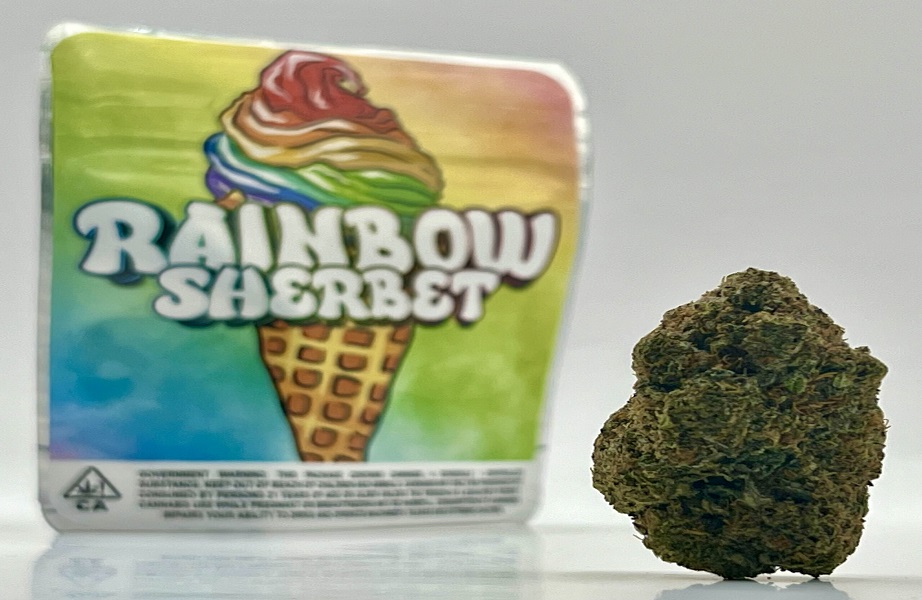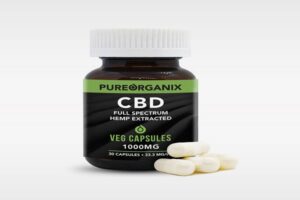Navigating the World of CBD Products: A Comprehensive Guide
CBD, short for cannabidiol, has become a household term due to its increasing popularity and the myriad health benefits associated with its use. Derived from the cannabis sativa plant, CBD comes in various forms, catering to different preferences and needs. This comprehensive guide aims to demystify CBD, shedding light on its origins, composition, uses, and how it interacts with our bodies.
Understanding CBD: Nature’s Gift
CBD is a non-toxic oil compound present in the resin glands of the cannabis sativa plant. With over 700 strains of cannabis, CBD is one of more than 100 different cannabinoid compounds, each with varying concentrations. The plant produces CBD, along with other cannabinoids, flavonoids, terpenes, vitamins, minerals, proteins, and THC (in concentrations of 0.3% or less). The variety of CBD compositions allows users to choose the type that aligns with their preferences and health goals.
Types of CBD Products
CBD Isolate: Representing the purest form of CBD, isolate products contain 99% crystalline powder, devoid of other cannabinoids.
Full Spectrum CBD: Embracing the natural concentration found in the plant, CBD full-spectrum includes other compounds like flavonoids, terpenes, vitamins, minerals, proteins, and THC (0.3% or less). Users believe in the synergy of these compounds, often referred to as the “entourage effect.”
Broad Spectrum CBD: Similar to full-spectrum, CBD broad-spectrum excludes THC, making it an option for those seeking a THC-free experience. While it may lack the complete entourage effect, it provides a middle ground for those cautious about THC.
CBD and the Endocannabinoid System (ECS)
Researchers discovered the endocannabinoid system (ECS) in the 1990s, a complex network influencing mood, memory, sleep, and appetite, among other bodily functions. The Endocannabinoid System is composed of receptors, enzymes, and endocannabinoid molecules. CBD interacts with this system, primarily through two types of receptors: CB1, mainly found in the central nervous system, and CB2, primarily in the peripheral nervous system. The exact mechanisms of CBD-ECS interaction are still being studied, with theories suggesting an impact on the body’s natural endocannabinoids or binding to an undiscovered receptor.
Where to Find CBD
Cure By Design is one platform offering pure, safe, and effective CBD products. Their range provides users with various options to explore the potential health benefits associated with CBD. Quality and safety are paramount, ensuring consumers have a reliable source for their CBD needs.
Conclusion
CBD has evolved from a niche product to a mainstream wellness solution, offering users a natural alternative for various health concerns. Understanding the types of CBD, and its interaction with the ECS, and choosing reliable sources like Cure By Design empowers individuals to incorporate CBD into their wellness routines confidently. Embrace the journey into the world of CBD, armed with knowledge and a commitment to holistic health.














